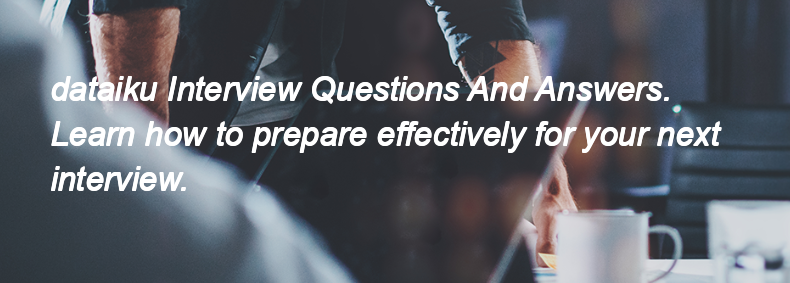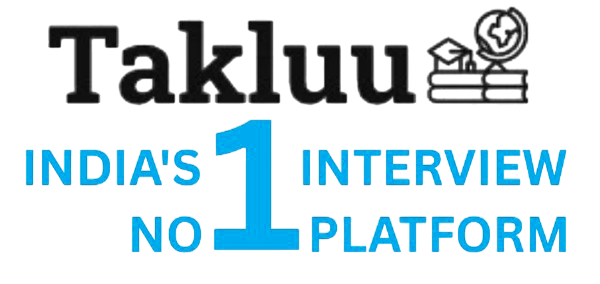Ques:- What is a web service and how does it relate to an API
Asked In :-
Winsoft Technologies India Pvt. Ltd, Queppelin Technology Solutions, Rock Solid Solutions, STIC SOFT E-SOLUTIONS, LiteBreeze Infotech, Define Labs, QuickXpert Infotech, Tredence Analytics Solutions, Noesys Consulting, infobell IT solutions,
Right Answer:
A web service is a standardized way of allowing different applications to communicate over the internet using protocols like HTTP. It provides a method for applications to exchange data and perform operations. An API (Application Programming Interface) is a set of rules and tools that allows different software applications to interact with each other. A web service is a type of API that specifically uses web protocols to enable this interaction.
A web service is a standardized way of allowing different applications to communicate over the internet using protocols like HTTP. It provides a method for applications to exchange data and perform operations. An API (Application Programming Interface) is a set of rules and tools that allows different software applications to interact with each other. A web service is a type of API that specifically uses web protocols to enable this interaction.

